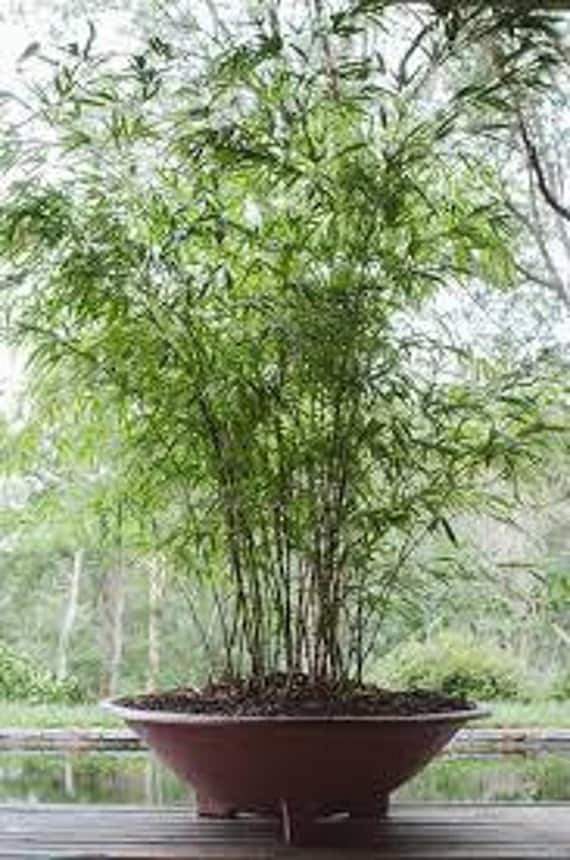

Moso bamboo ( Phyllostachys edulis) is an important economic bamboo species with the largest cultivation area in China (~4.43 million hectares). A systematic comparison between the stable variant and the WT bamboo plant is helpful to promote basic research on bamboo biology. tubaeformis (a dwarf variant of Moso bamboo). tsutsumiana (a slow-growing variant of P. Some research advances have also been made by studying other bamboo variants, such as Pseudosasa japonica var. Systematic characterization of the variant found that variations in morphology and cell number of SAM are the main cause of the phenotype of the variant. edulis ‘ Pachyloen’ may cause the abnormal primary thickening growth, eventually leading to the abnormal culm morphologies. Further comprehensive analysis revealed that the enlarged shoot apical meristem (SAM) with increased cell number of P. edulis ‘ Pachyloen’ is a stable variant of Moso bamboo with abnormal primary thickening growth, in which a thickened culm wall and a small pith cavity are observed. To date, although a number of bamboo variants have been reported, few of them are stable variants. In contrast, the loss of germplasm resources (variants) has become a limitation in bamboo plant research. With the rapid development of technology, high-throughput sequencing has greatly promoted research on the basic biology of bamboo plants. Īccordingly, more and more attention has been paid to the basic biological research on bamboo plants. As an important non-timber forestry plant, bamboo generates a high economic production value each year. In addition, the bamboo culms can be used as a building material, and the bamboo shoots are a very healthy vegetable. Bamboos have an excellent ability to sequester carbon and contribute greatly to climate change mitigation. Compared to other members of Poaceae, woody bamboos have a tree-like culm with more lignification. exaurita is a variant with inhibited primary thickening growth, which is valuable for interpretating the molecular mechanisms underlying the primary thickening growth of bamboo that are still largely unknown.īamboos belong to the subfamily Bambusoideae of the grass family Poaceae, and they are classified into woody and herbaceous bamboos. Furthermore, lower IAA and zeatin concentrations were detected in the buds of the variant. In addition, the laws of change of internode length, internode thickness, cell length, and cell number differed between the WT Moso bamboo and the variant. The decreased internode length was the result of a decrease in cell number and cell length in the internode. It was concluded that the decrease in internode number and length was the cause of dwarfism in P. The height of the variant was only 49% that of the WT Moso bamboo. The height, diameter at breast height, number of internodes, length and wall thickness of internodes, length, width and number of parenchyma cells of internodes, and morphology of the wide-type (WT) and dwarf variant vascular bundles were compared. Chen, was discovered and was characterized morphologically, anatomically, and physiologically.

In this study, a stable new dwarf variant of Phyllostachys edulis (Moso bamboo), Phyllostachys edulis f. The lack of mutants due to the long periods between flowering of bamboo plants is one of the limiting factors inhibiting research progress in the culm development of bamboo plants.


 0 kommentar(er)
0 kommentar(er)
